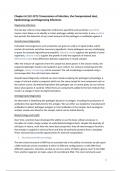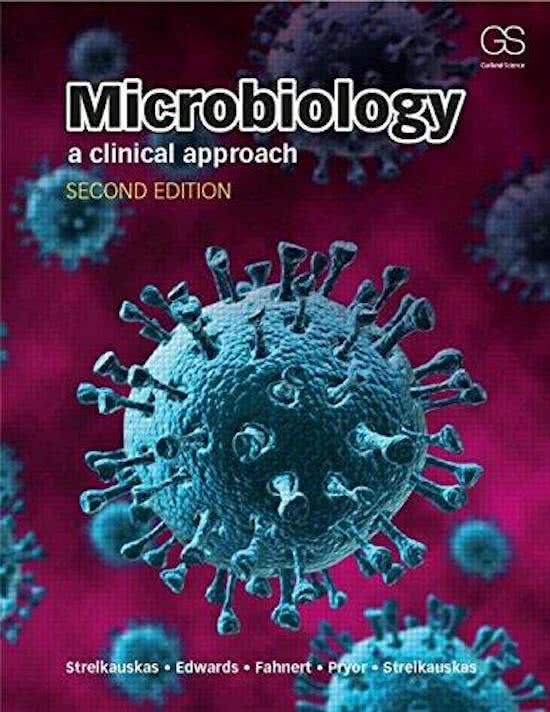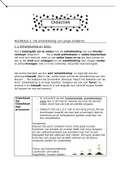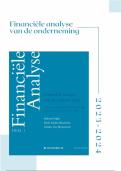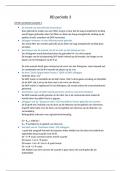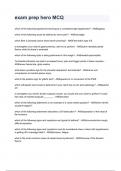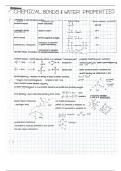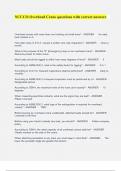Summary
Summary Elective course Infectious Diseases pre-master Health Sciences block 3
- Course
- Institution
- Book
Here are the summaries of the infectious diseases elective course of the pre-master Health Sciences at the VU. With the total summaries, you will get a good grade for the infectious diseases exam.
[Show more]
